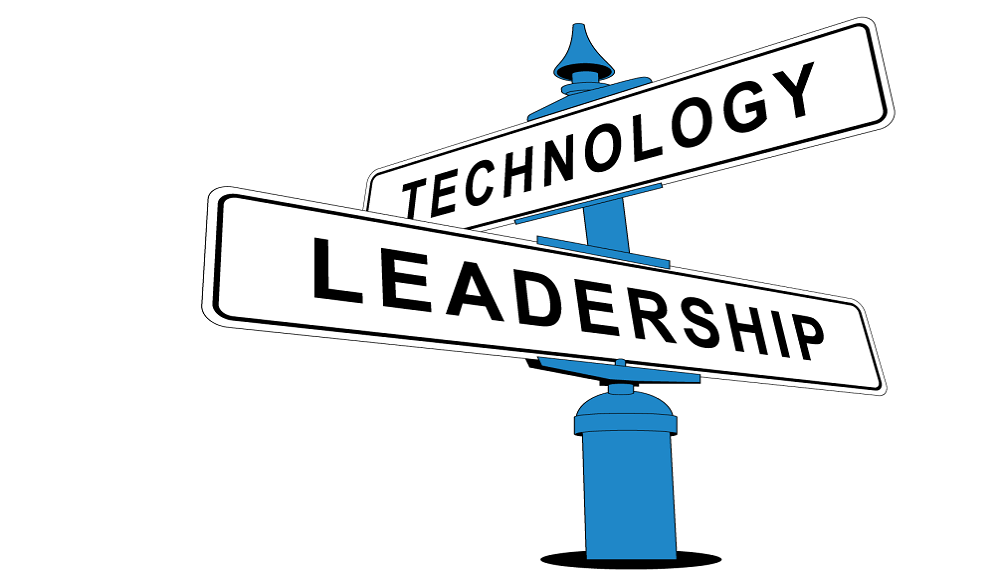Technology has transformed every aspect of our lives. But what does it mean to be a technology leader in the digital age? And what are the skills or qualities needed to develop to become a better IT leader?
When thinking of inspirational technology leaders, most people will immediately think of Steve Jobs, Bill Gates, Jeff Bezos, or Elon Musk. Some might argue that these individuals are great visionaries. But when aligning technology with business results to deliver more success to a company, it will take more than this to be considered a successful technology leader.It's about people, not technology.
Great leadership requires a vision, but it must tackle a real problem, and leaders must engage with teams to collaborate to solve problems. It will involve trusting and empowering employees by providing them with opportunities to share their innovative ideas and bring them to life. Ultimately, it's about guidance rather than standing over their shoulder or drifting into micro-management.
The inconvenient truth is that businesses and their employees learn very little from their successes or awards. The learning opportunities come from the mistakes and failures along the way. Good tech leaders know that the loudest voice in the meeting room is seldom the wisest. Influential tech leaders build an inclusive environment that encourages diversity of thought and brings out the best in people, boosts morale, and establishes a network of trust.
Bill Gates famously said that "success is a lousy teacher. It seduces smart people into thinking they can't lose." The problem is that many have been conditioned to believe that failure means we are doing something wrong when it's an opportunity to learn and improve. Rather than celebrating success, Gates warns that it is more important to heed the lessons of failure.
Bridging the gap between tech and business
There has been a history of communication problems between business stakeholders and IT teams. Confusing technical jargon and acronyms further add to the frustration and perception of over-complication things. Conversations between technical and non-technical team members typically lead to confusion, delays, and the inevitable increase in the cost of delivering a project.
However, an effective technology leader will bridge the communication gap across the organization by effectively communicating with the audience, talking the tech language with the techies, and adjusting to business terminology with non-techies to ensure everyone is aiming for the same goal. Ultimately, leaders need to communicate a clear vision of precisely how technology will support business transformation.
Leaders will need to be highly skilled in active listening to identify and map the business requirements throughout the implementation process. The focus on communication will enable leaders to align these needs with the technical vision of the project. In doing so, tech leaders can quickly become known as problem solvers and business enablers.
Inspire innovation and business transformation
Influential tech leaders model the behavior they want to see in their teams and inspire everyone around them. They actively promote innovation by taking an opportunity-focused approach to almost every problem or project. But they also recognize that innovation requires safe spaces so that every employee feels comfortable expressing new ideas while also being confident their leader won't be defensive, dismissive, or fearful of any suggested changes.
Every leader has a responsibility to inspire people from different backgrounds, cultures, age groups, and perspectives to work together to solve problems differently and leverage new opportunities. Breaking down barriers plays a critical role in encouraging collaboration among diverse groups of individuals to ensure everybody has a voice.
With the fast pace of technological change combined with the complexity of systems, processes, budgets, and increased cybersecurity issues, leaders will need an entire team of problem-solvers. Tech leaders are also challenged to drive innovation by encouraging groups to experiment and explore new things that will drive business transformation in the process.
Creating a vision
By mastering the art of communication, influential leaders unlock the ability to talk to both technical and non-technical teams in a language they understand. By earning the trust of their teams, good leaders can communicate their vision so that everyone knows where they are heading, why, and the role that they will play in bringing this vision to life.
There is an argument that creating the vision is the easiest part but getting everyone to align and buy into it is much more complex. Communications expert Bill Quirke advised that when employees understand their role in a company vision, an incredible 91 percent will focus on making it a success. But when they don't, the figure dramatically drops to only 23 percent.
Successful tech leaders know the value of creating a shared vision for their teams. The early success of Google was built on a simple shared idea where every employee was challenged to collaborate "to provide access to the world's information in one click." By setting a guide to a clear destination, every employee can be both focused and inspired.
Being a technology leader in a digital age is about building bridges, finding solutions while engaging with clarity and optimism. The skills highlighted in this article helps break down complex tasks into simple, workable steps. In addition, they are empowering teams to identify and overcome key obstacles to achieve shared goals. These characteristics are just a few examples of what positive tech leadership looks like in the digital age.
Every organization is currently embarking on a journey of digital transformation. But the future success of these initiatives will be determined by the business and every employee who must collectively take bold action. The technology leader is challenged with bringing everything together and leading everyone towards a shared vision where technology is perfectly aligned with the business strategy and goals.




.png)
.jfif)
0 Comments